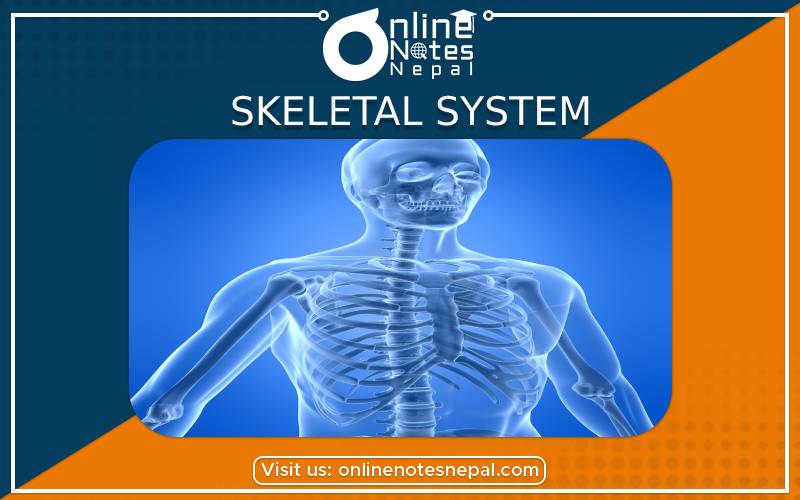Published by: Nuru
Published date: 23 Jan 2022

The skeletal system is that system which is composed of different sizes and shapes of bones. The skeleton gives a certain shape and holds the different organs in a fixed position to form the body. The human body is made of millions of microscopic cells. Muscles are made of cells and tissues. Here, a body has different types of bones like flat, long, short and irregular bones. A human skeleton is consist of 206 pieces of bones. Those bones are joined to muscles with the help of ligaments and tendons. These joined bones help to move in different directions for their smooth functioning.
In human body, the skeletal system performs the following function;
a. Flat
Such bones protect the internal organs of our body and they are flat in structure. It provides a skeleton and gives shape to the body. Scapula (at the shoulders), Skull (at the head) and Sternum and ribs (at the chest) are some example of flat bones.
b. Long Bones
In our body, there are limited long bones. The hands and legs are located as long bones.Radius and Ulna (at lower arm),Humerus(at upper arm) Femur (at thigh) and Tibia and Fibula (at lower leg) are some long bones of our body.
c. Short Bones
We know that human has 206 bones in our body. It also has many short bones in our body which are located different parts of the body. Some example of short bones is Carpals (at twist),Metacarpals (at palm) and Phalanges(at fingers).
d. Irregular Bones
The internal organs protect the irregular bones. Such bones do not have definite shape or size. These bones are attached together by immovable joints. Vertebral column (at back) and facial bones are the examples of irregular bones.
e. Joints
The place where two or more than two bones are connected with each other to form a junction is called joints. Here, bones are attached to each other with the help of ligaments.It helps to join two or more bones and moved for their smooth functioning. In human body, there are three kinds of joints they are:
1. Immovable joints
Those joints which do not move at all is known as immovable joints.Its joints of the cranium are immovable joints. The ligaments don't allow movements of joints because it is tight and fixed.
2. Semi-movable joints
The joints which can be moved partially is known as semi-movable joints. With the help of cartilage, bones are able to move slightly. Ribs and Column are the examples of semi-movable joints.
3. Movable joints
The joint which allows free movements in fixed path depending on the type of joints is known as movable joints.It is also called synovial joints as they contain synovial liquid in the membrane. There are five types of movable joints.Such types of movable joints are :
Hinge Joint:
The joint in which the bones can move to and for like a door which opens only one way is known as a hinge joint. Elbo, ankle, knee etc are the hinge joints.It also prevents the movement in opposite direction.
Saddle Joint:
The joint whose one piece of bone can slide with the other bone resting on it . Such joints which found the bones of palms and feet.
Gliding Joint:
The joints which move above each other by gliding or sliding is known as gliding joint. The example of gliding joints is the wrist and ankle. Gliding joints are flexible to stretch, move and compress.
Pivot Joint:
The joint which is formed in such a way whose one bone rests on the other and the first moves freely around the other. The skull rotating around the upper end of the vertebral column is the best example of the pivot joint. Radius and Ulna are the examples of pivot joint.
Ball and socket joint:
A joint is formed from two bones where an end part of a bone is in the shape of a ball and the hollow of another bone is called ball and socket joint. The bone which end is like a ball is fit inside the socket of the another bone it freely moves around in 360o. The example of ball and socket joints are joint between the upper arm bone with shoulder bone and upper leg bone(femur) with pelvic bone at hips.